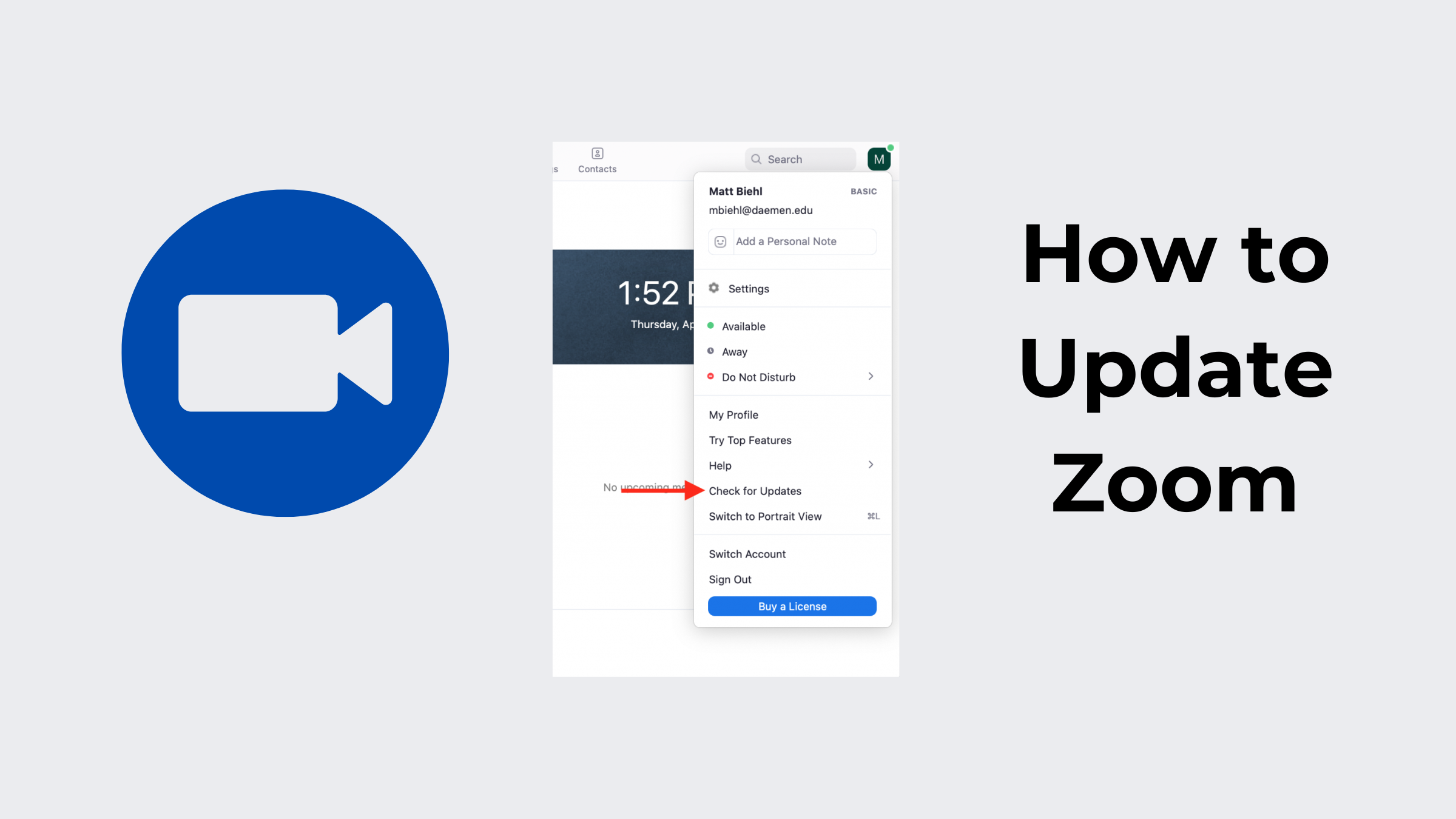Asynchronous and Synchronous Communication: Everything You Need Know
 Asynchronous communication has emerged as a powerful alternative, revolutionizing how we interact and exchange information. In a world where remote work, flexible schedules, and global teams are becoming the norm, asynchronous communication offers a flexible and efficient approach to staying connected and getting work done.
Asynchronous communication has emerged as a powerful alternative, revolutionizing how we interact and exchange information. In a world where remote work, flexible schedules, and global teams are becoming the norm, asynchronous communication offers a flexible and efficient approach to staying connected and getting work done.
This shift towards asynchronous is due to the rise of remote work requiring flexible communication methods that transcend geographical boundaries and the increasing volume of information and communication overload. Async communication allows individuals to prioritize tasks and respond to messages at designated times, reducing distractions and enabling more concentrated work. In short, asynchronous conversation aligns with individuals' diverse work styles and preferences.
So let's dive in and explore the realm of synchronous, asynchronous communication and discover everything you need to know.
Part 1: What Is Asynchronous Communication?
Asynchronous Communication Definition:
It is a mode of interaction where participants exchange messages or information without needing real-time or simultaneous engagement. It allows individuals to communicate and respond conveniently, regardless of time zones or conflicting schedules.

Key Features:
1. Time Independence
One of the primary features of async communication is its time independence. Participants can communicate without being simultaneously available or present. Messages can be sent, received, and responded to at different times, accommodating the flexibility and availability of individuals.
2. Flexibility and Convenience
Participants can choose when to engage with messages and respond accordingly. This flexibility benefits remote teams, global collaborations, and individuals with varied working hours or commitments.
3. Reduced Scheduling Constraints
Unlike synchronous communication methods that require scheduling and coordinating meetings or calls, asynchronous communication eliminates the need for real-time availability. Participants can review messages and respond when they align with their schedule, avoiding conflicts and easing coordination.
4. Communication Over Distance
Asynchronous remote work transcends geographical boundaries, enabling effective communication across different time zones and locations. It allows individuals and teams to collaborate seamlessly, even physically apart, promoting inclusivity and global connectivity.
5. Documentation and Archiving
Asynchronous team communication often leaves a trail of messages or documentation, providing a record of discussions, decisions, and information exchange. This documentation can serve as a reference point, promoting transparency, accountability, and knowledge sharing within teams or organizations.
6. Focus and Productivity
Such communication minimizes interruptions and distractions, allowing individuals to focus on deep work and productivity. Participants can prioritize their tasks and engage with messages during designated times, creating uninterrupted blocks of time for concentrated work.
These key features make asynchronous communication remote work a valuable tool in modern work environments.
Part 2: What Is Synchronous Communication?
Synchronous Communication Definition:
Participants engage in real-time communication in synchronous communication, requiring simultaneous availability and immediate responses. It facilitates quick and direct exchanges, allowing individuals to interact and collaborate.

Key Features:
1. Real-Time Interaction
Synchronous communication enables a participant to interact directly in real-time through phone calls, video conferences, or in-person meetings. Individuals can communicate and respond to each other instantly, promoting a sense of immediacy and engagement.
2. Instant Feedback and Clarification
In this, participants can provide immediate feedback, ask questions, and seek clarification. This instant exchange of information fosters quick decision-making, problem-solving, and alignment among team members.
3. Non-Verbal Cues
You can observe non-verbal cues such as facial expressions, body language, and tonality of voice. These cues provide additional context and enhance understanding, facilitating effective communication and rapport-building.
4. Collaboration and Brainstorming
Synchronous communication is helpful for collaborative activities, brainstorming sessions, and group discussions. Participants can contribute ideas, build on each other's thoughts, and generate creative solutions in a dynamic and interactive environment.
5. Efficient Conflict Resolution
This communication allows immediate resolution when conflicts or misunderstandings arise. Participants can engage in real-time dialogue, address concerns, and find solutions promptly, reducing the risk of miscommunication or escalation.
6. Personal Connection
Synchronous conversation offers personal connection and human interaction. It fosters a feeling of being present and engaged with others, which can contribute to building relationships, trust, and team cohesion.
With these key features, we can define synchronous communication as valuable for specific scenarios where immediate interaction, quick decision-making, and real-time collaboration are essential.
Bonus: The Best Webcam to Level Up Synchronous Communication
What if we don't work in the same workplace and need synchronous communication? You can use some remote virtual meeting platforms such as Zoom or Google Meeting. And a high-quality webcam like OBSBOT Tiny 2 4K Webcam can help you enhance synchronous communication further.
The Tiny 2 webcam from OBSBOT takes the quality of your synchronous communication to the next level with its cutting-edge features and superior performance.
Here are the key features of the OBSBOT Tiny 2 webcam:
- High-Definition Resolution
- Magic Gesture 2.0
- Voice Control
- Autofocus and Light Correction
- Wide-Angle Lens
- Convenience and Privacy
Thus, investing in the right webcam, like the Tiny 2, can enhance the visual component of your synchronous communication.
Part 3: Asynchronous VS. Synchronous Communication
Synchronous and asynchronous communication are two distinct approaches individuals and organizations can utilize based on their specific communication needs.
Let's understand synchronous vs. asynchronous communication through examples, benefits, and drawbacks:
1. Asynchronous Communication
Examples:
Email, instant messaging, project management tools, shared documents, discussion forums, and social media platforms are typical asynchronous transmission examples. Participants can send messages or share information without immediate response or real-time interaction.
Benefits:
- Flexibility: Async video messaging allows individuals to communicate and respond on their time, accommodating different time zones, work schedules, and personal commitments.
- Enhanced Productivity: By providing dedicated blocks of uninterrupted time, asynchronous communication reduces distractions and enables focused work, increasing productivity and efficiency.
- Documentation and Accessibility: Async communication often generates a trail of messages or documentation, making it easier to refer to discussions, decisions, and shared information. This promotes transparency, knowledge sharing, and accessibility for future reference.
Drawbacks:
- Delayed Responses: There may be delays in receiving replies, which can slow down decision-making processes or hinder real-time collaboration.
- Misinterpretation: Without real-time interaction and non-verbal cues, asynchronous conversation risks misinterpretation or misunderstanding. Written messages may lack context, tone, or clarity, leading to potential miscommunication.
- Reduced Spontaneity: Such communications limit spontaneous exchanges and instant brainstorming sessions, as participants cannot engage in immediate back-and-forth dialogues.
2. Synchronous Communication
Examples:
Examples of synchronous communication can be phone calls, video conferences, in-person meetings, real-time chat applications, and live webinars. These modes require simultaneous availability and immediate response for effective interaction.
Benefits:
- Immediate Interaction: Synchronous communication enables real-time, direct interaction among participants, fostering quick decision-making, problem-solving, and efficient collaboration.
- Non-Verbal Cues: Face-to-face or video-based synchronous communication allows for observing non-verbal cues, such as facial expressions and body language, enhancing understanding and building stronger connections.
- Dynamic Collaboration: It is particularly effective for brainstorming sessions, group discussions, and collaborative activities that require real-time engagement and instant feedback.
Drawbacks:
- Scheduling Challenges: Synchronous communication relies on participants being available simultaneously, which can be challenging when coordinating across different time zones, work schedules, or personal commitments.
- Information Overload: Real-time communication can lead to information overload, especially in fast-paced discussions or meetings, making it difficult to process and retain all the shared information.
- Lack of Flexibility: Synchronous transmission may not accommodate the diverse work styles, time zone differences, or varying availability of individuals, limiting inclusivity and potential collaboration.
So, these were the significant factors differentiating synchronous and asynchronous communication.
Part 4: Tips for Improving Asynchronous Communication
To make the most of remote work via asynchronous communication, implement the following tips:
1. Set Clear Communication Guidelines
Establish clear expectations, response times, preferred communication channels, and formatting guidelines to ensure consistent and effective asynchronous communication.
2. Provide Contextual and Descriptive Messages
Deliver clear and concise messages, including relevant context, attachments, and references to enable recipients to understand and respond effectively.
3. Practice Active Listening
Take the time to read and comprehend messages thoroughly before responding, actively listening to ensure a comprehensive and accurate understanding of shared information.
4. Utilize Collaboration Tools
Leverage collaboration tools and project management platforms that facilitate asynchronous communication, allowing for centralized information sharing, task assignment, and progress tracking.
5. Use Subject Lines and Tags
Use descriptive subject lines or tags in emails and discussion forums to indicate the purpose or topic of the message, aiding recipients in organizing and prioritizing their communications.
6. Respect Time Zones and Availability
Be mindful of time zones and the availability of colleagues or team members, refraining from sending non-essential or urgent messages during non-working hours. Use scheduling features to send messages at appropriate times.
Follow these six tips to enhance your async communication, efficiency, clarity, and collaboration. Increase fostering effective teamwork and information exchange across diverse locations and time zones.
Conclusion
Thus, in this article today, we explained synchronous and asynchronous communication in detail. We explored asynchronous and synchronous communication definitions, including their drawbacks and benefits. We also gave you a fair idea about synchronous communication meaning and a bonus tip to enhance your videos with the best webcam - OBSBOT Tiny 2.
So, guys, which mode of communication do you think suits you better? While both have their share of advantages and challenges, the choice depends on the situation and business preference. Think wisely, and pick the best communication style for your needs.

















